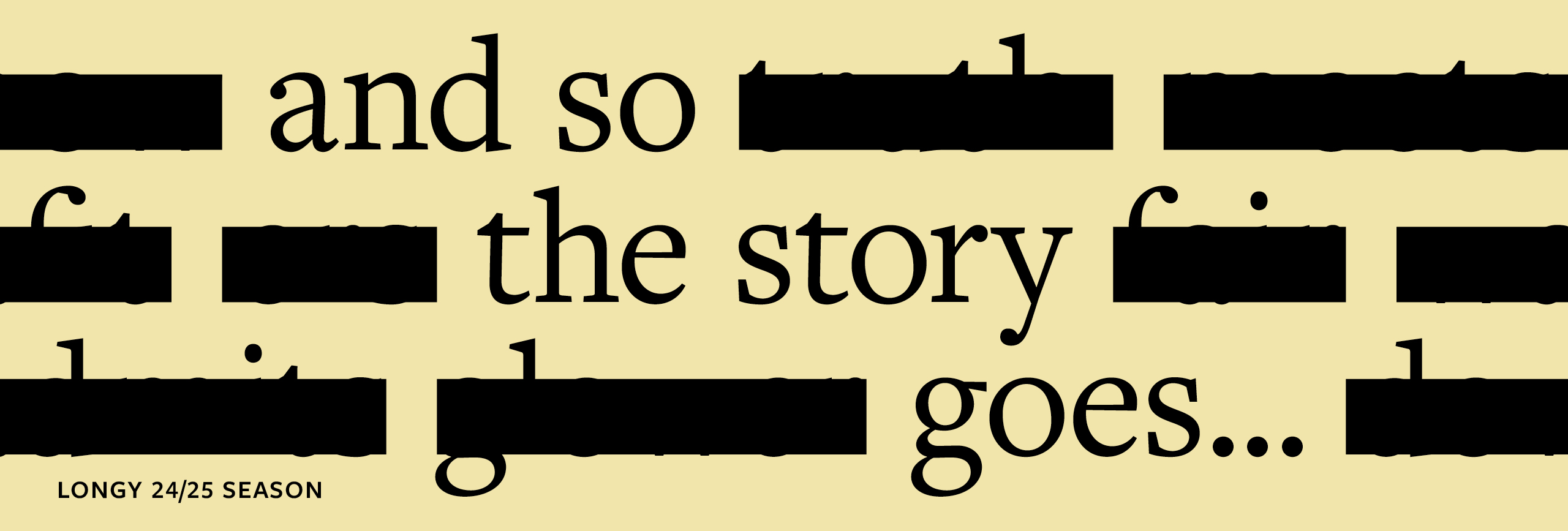Bach partita2 bwv826
Partita is an Italian word. In Italian, it originally meant variations, and only came to mean suites in the 17th century. The Italian-style suite is a combination of various dance music. The keyboard works of Partita were developed in Germany during the 17th and 18th centuries, culminating in Bach. Later generations because of the “English suite”, “French suite”, also called this suite “German suite”. Bach’s Partita BWV 825-830 not only includes dance music, but also fantasia, scherzo and so on.
Mozart piano sonata no.14 c minor k.457
Mozart’s Piano sonata in C Minor is his 14th piano sonata, work No. K.457, which was created in Vienna in 1784. This sonata is a landmark work in Mozart’s piano sonata career, and also indicates the development of piano music. The period from 1784 to 1787 was the heyday of Mozart’s creation. His music achievements during his stay in Vienna are very remarkable. This piano sonata K.457 is considered that the enthusiasm and passion of this sonata exceed his previous works.
Chopin a minor mazurka op.17 no.4
Chopin’s opus 17 A minor Mazurka is exquisite. The opening alone contains a potent poetic balance between the viscosity and density of the descending harmonic progression and the floating onion skin of the loose, chromatic melody above. Or, in fewer words – it’s very prosciutto and mint. When someone asks me, “So what is your music like?” – I’ll sometimes answer (depending on who’s asking), “Kind of like sashimi?” That is, it’s often made of chords and sequences presented in their raw, naked, preciously unadorned state – vividly fresh and new, yet utterly familiar. Chopin is a different type of chef. He covers much more harmonic real estate than I do, and his sequences are more varied and inventive. He weaves a textured narrative through his harmony that takes you through different characters and landscapes, whereas I’d sometimes be happy listening to a single well-framed, perfectly voiced triad. But the frame is the hard part – designing the perfectly attuned and legible internal system of logic and memory that is strong but subtle enough to support an authentic emotional experience of return. (Not to get all Proustian or anything.)
Caroline shaw gustave le gray for solo piano
The new chord and harmonic changes, the whole modulation and texture of the piece, are all new. This is the charm of modern music.
Robert Schumannn : Nachtstucke ,Op.23 no.1
During the Romantic period of the 20th century, due to the economic development of Europe, the political landscape underwent changes, and even culture was branded with the imprint of the times. During this period, musicians were no longer affiliated with the church or court, and their social status underwent significant changes. They have become independent individuals, thus providing a huge space for their music creation. They began to develop their unique personalities and were primarily human centered, emphasizing the development and venting of human emotions. And there have also been significant improvements in creative techniques and musical forms. Robert Schumann (1810-1856), as a great German composer and music critic in this period, his music creation has the characteristics of music in the romantic period, such as focusing on the expression of personality, the ease of venting inner feelings, and the title of music. These characteristics are vividly portrayed in the op.23 piece of “Nocturne”.
Shooting Stars. (3 mins)
Shooting Stars (2023)
Very sweet melody, bring people a bright mood, just like the name of this piece, the notes running, vividly depict a happy atmosphere.




